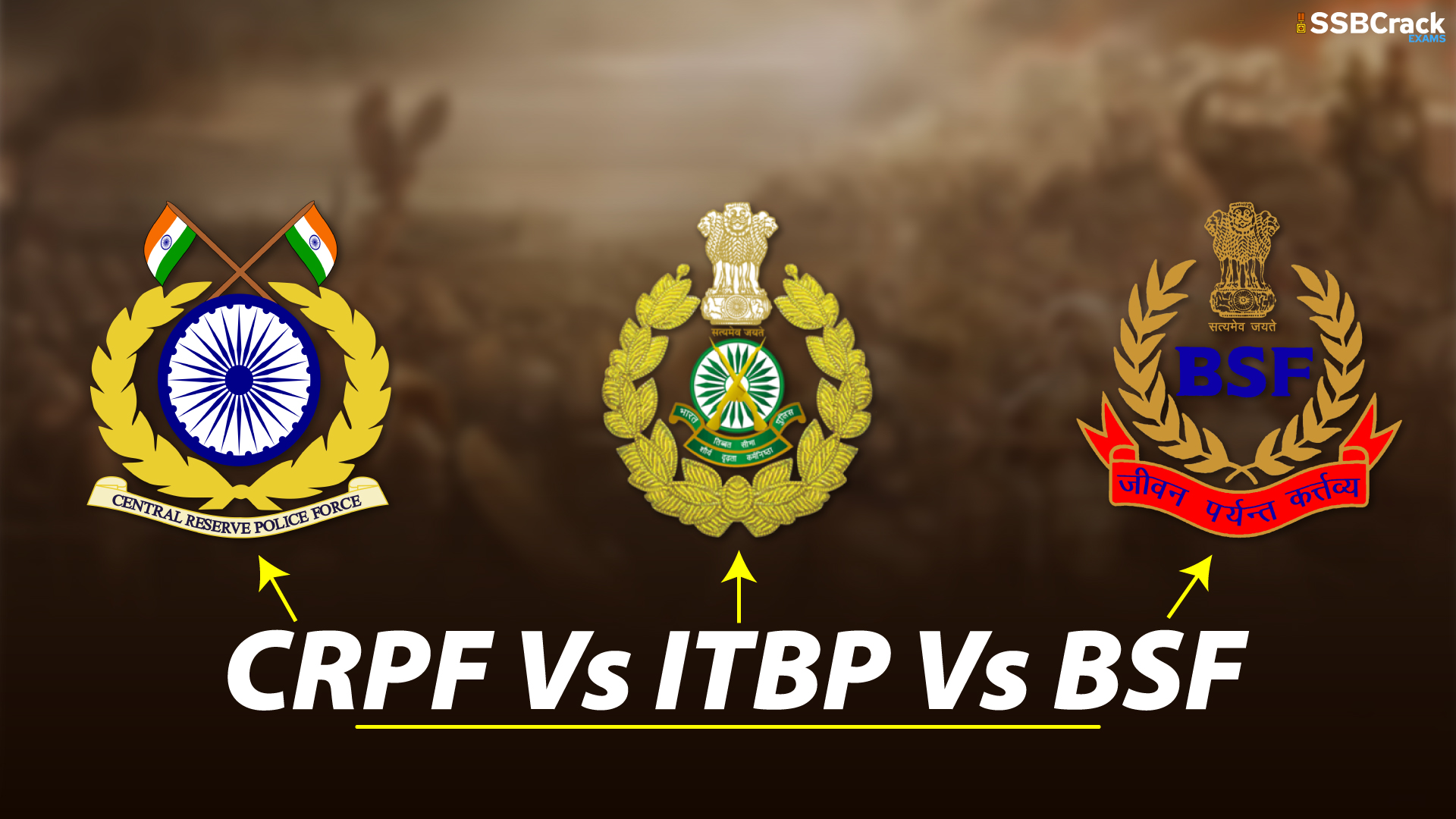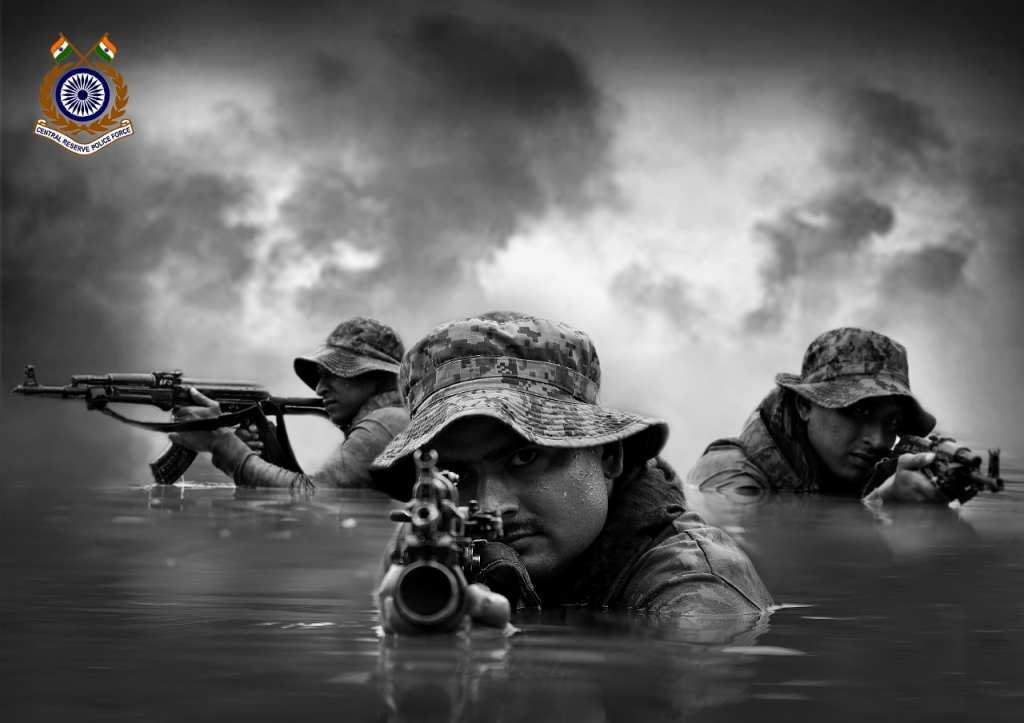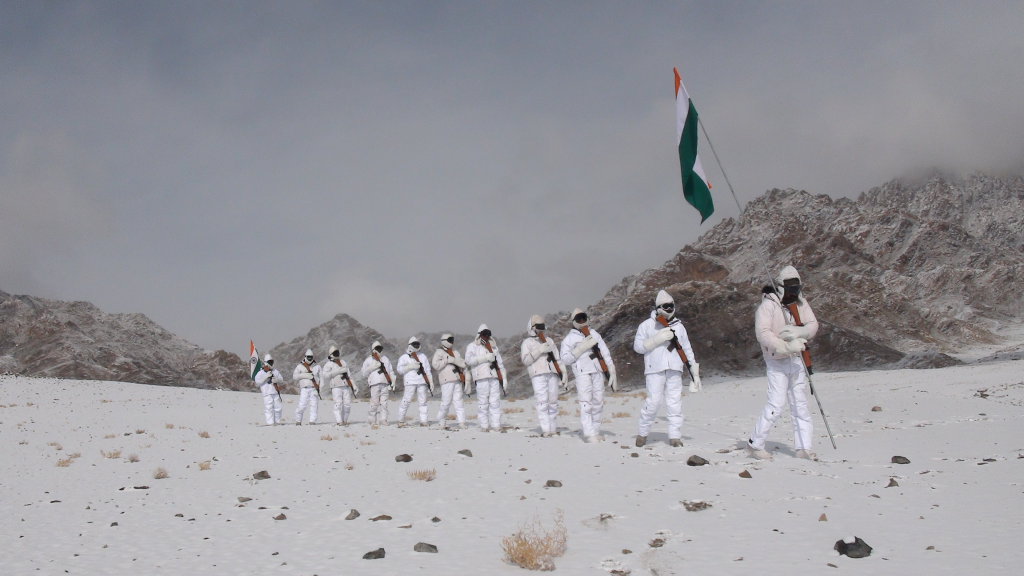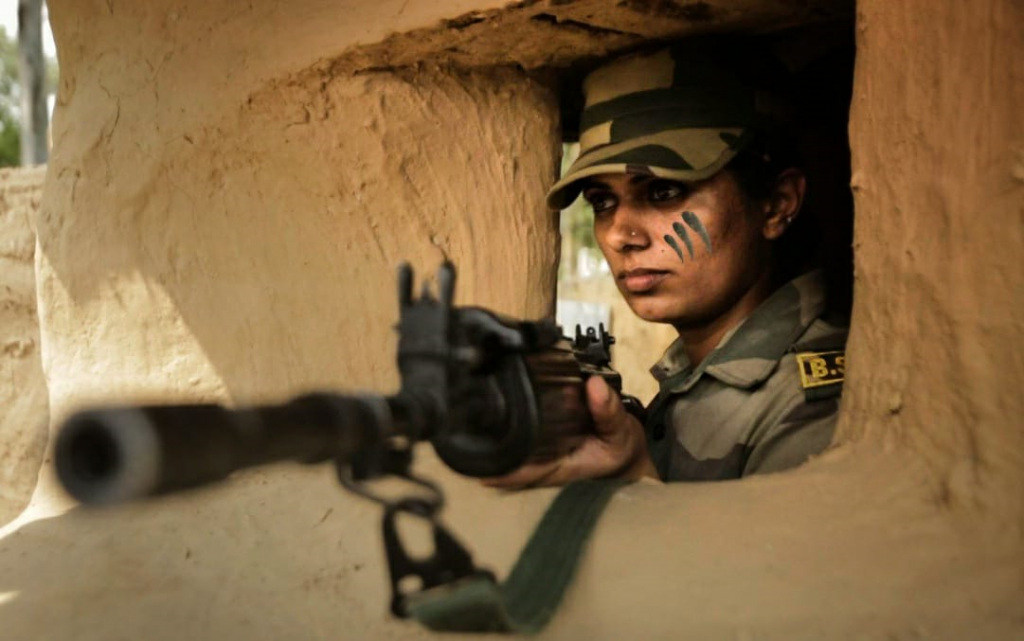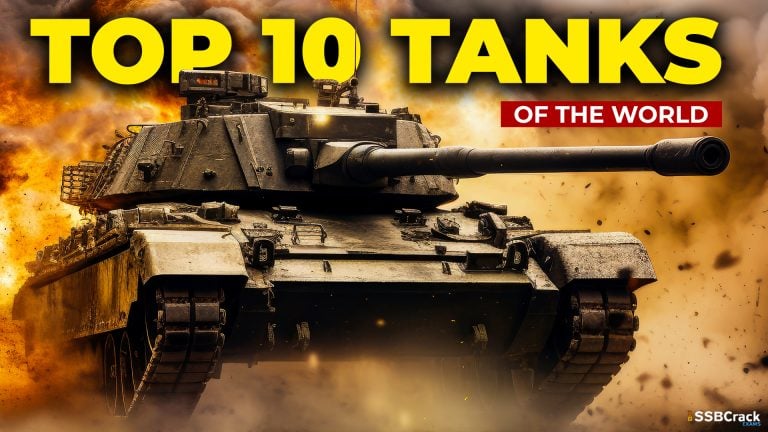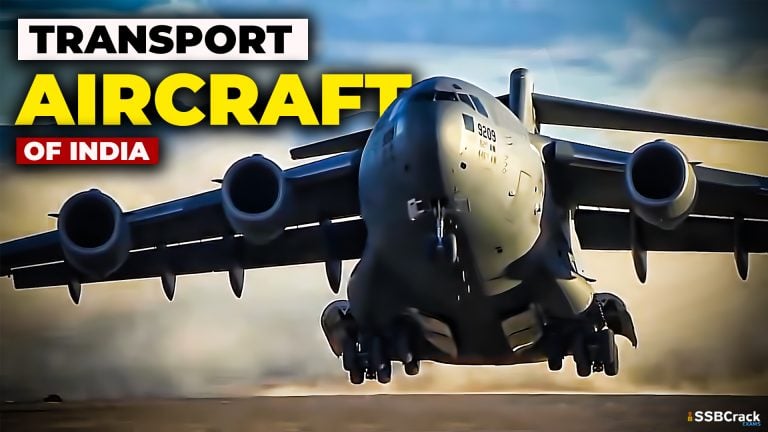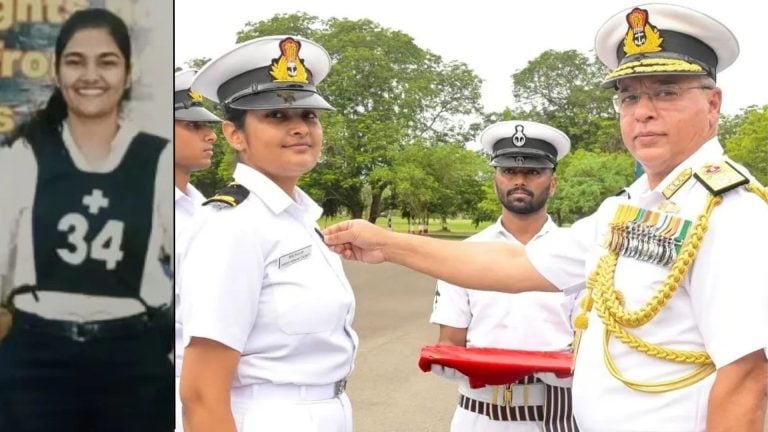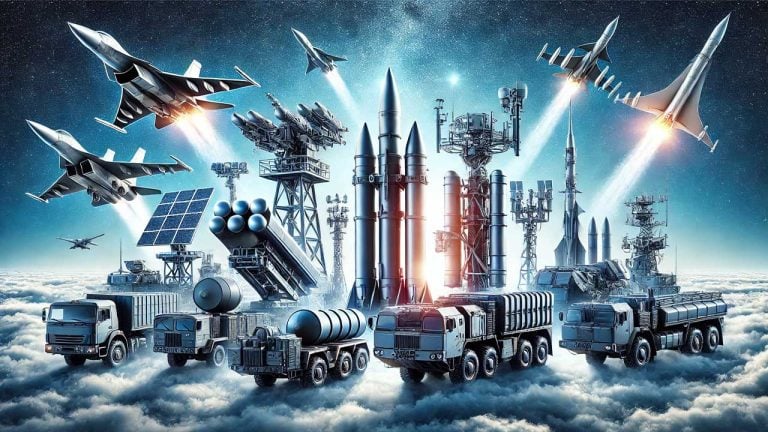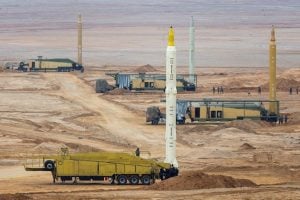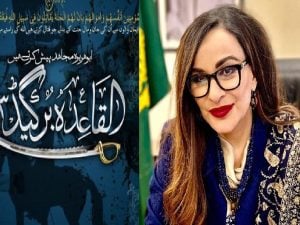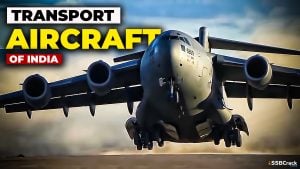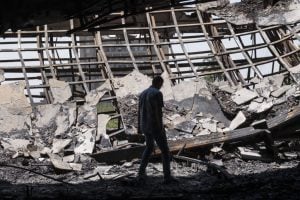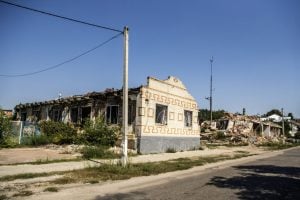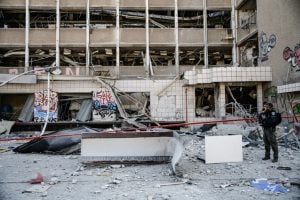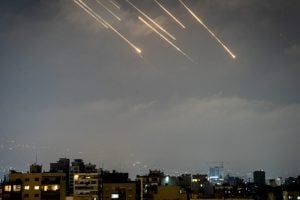Our paramilitary forces have been doing exceptional work, in the fields of national security, internal threats, and geographical specialization. They have proven time and again in various combat scenarios that they are well-trained, well-equipped, and well-adapted. In this article, we compare CRPF, ITBP, and BSF.
- Book Your SSB Interview Class Now – Click Here
- Join AFCAT 2023 Exam Daily Live Classes: Book Your Seat [MUST ENROLL]
- Join CDS 2023 Exam Daily Live Classes: Book Your Seat [MUST ENROLL]
- Join NDA 2023 Exam Daily Live Classes: Book Your Seat [MUST ENROLL]
- Enroll In Our SSB Interview Course
CRPF: Central Reserve Police Force
India’s largest Central Armed Police Force is the Central Reserve Police Force (CRPF). It is overseen by the Indian government’s Ministry of Home Affairs (MHA). The CRPF’s principal mission is to help state and union territory police forces in maintaining law and order and counter-insurgency operations. On July 27, 1939, it was established as the Crown Representative’s Police. With the passing of the CRPF Act on December 28, 1949, it became the Central Reserve Police Force after India’s independence.
Aside from maintaining law and order and counter-insurgency operations, the CRPF has become more involved in India’s national elections. With the prevalence of turbulence and frequently deadly conflict, this is especially true for the former state of Jammu & Kashmir, Bihar, and the North East. The CRPF played a key part in the security arrangements for the Parliamentary elections in September 1999. CRPF contingents have recently been engaged on UN missions.
The CRPF is India’s largest central armed police organization, with 246 battalions and numerous subordinate facilities, with a sanctioned manpower of more than 300,000 troops as of 2019.
Aside from maintaining law and order and counter-insurgency operations, the CRPF has become more involved in India’s national elections. With the prevalence of turbulence and frequently deadly conflict, this is especially true for the former state of Jammu & Kashmir, Bihar, and the North East. The CRPF played a key part in the security arrangements for the Parliamentary elections in September 1999. CRPF contingents have recently been engaged on UN missions.
The CRPF is India’s largest central armed police organization, with 246 battalions and numerous subordinate facilities, with a sanctioned manpower of more than 300,000 troops as of 2019.
Structure and Organisation
The CRPF is led by an Indian Police Service official, the Director-General, and is organized into 10 administrative sectors, each led by an Inspector General. Each Sector is divided into one or more administrative and/or operational ranges and is led by a Deputy Inspector General (DIG) of Police. DIGs are now in charge of Group Centres as well. The CRPF’s Financial Advisor is a Joint Secretary from the Indian Revenue Service, and the CRPF also has Dy Advisors from the Indian Audit and Accounts Service, Indian Telecom Service, and Indian Civil Account Service.
There are 243 battalions with around 1200 constables each (including 204 executive battalions, 6 Mahila battalions, 15 RAF battalions, 10 CoBRA battalions, 5 Signal battalions, 1 Special Duty Group, 1 Parliamentary Duty Group). Each battalion is led by a commanding officer with the rank of Commandant and is made up of seven CRPF companies with a total of 135 soldiers. An Assistant Commandant leads each company.
By 2019, the Ministry of Home Affairs intends to establish two Group Centers, two Range Headquarters, one Sector Headquarters, and 12 additional battalions, including a Mahila (all female) unit. The organization is divided into three ranks: Gazetted Officers (GOs), Subordinate Officers (SOs), and Non-Gazetted Officers (NGOs) (NGOs). The Assistant Commandants are Group ‘A’ Gazetted officials who are appointed straight after passing the UPSC’s annual test.
The CRPF is divided into four zones, each with its own headquarters, three linked wings, and four zones. An auxiliary director general or a special director general is in charge of a zone. A zone is organized into sectors, with an inspector general in charge of each sector.
Functions
The Central Reserve Police Force’s objective is to assist the government in effectively and efficiently maintaining Rule of Law, Public Order, and Internal Security in order to protect national integrity, promote social harmony, and develop by preserving the supremacy of the Constitution.
The force should strive for excellence in the management of internal security and national catastrophes by placing Service and Loyalty above self in accomplishing these responsibilities with the highest respect for the human dignity and freedom of the population of India.
ITBP: Indo-Tibetan Border Police
India’s major border patrol organization along its border with Tibet Autonomous Region is the Indo-Tibetan Border Police (ITBP). It is one of India’s five Central Armed Police Forces, established under the CRPF Act on October 24, 1962, in the aftermath of the Sino-Indian War of 1962. The “Indo-Tibetan Border Police Force Act, 1992” was passed by the Indian Parliament in September 1996 to “provide for the constitution and regulation” of the ITBP “for safeguarding the security of India’s frontiers and for issues associated therewith.” Balbir Singh, a police officer who had previously worked for the Intelligence Bureau, was the first Inspector General of the ITBP. The ITBP, which began with four battalions and was restructured in 1978, has grown to 60 battalions, 15 sectors, and five frontiers as of 2018, with a sanctioned strength of 89,432.
The ITBP has been trained in civil medical camps, disaster management, and nuclear, biological, and chemical emergencies. ITBP members have served in UN peacekeeping operations in Bosnia and Herzegovina, Kosovo, Sierra Leone, Haiti, Western Sahara, Sudan, Afghanistan, and other places across the world. The ITBP has two battalions assigned to the National Disaster Response Force.
Structure and Organisation
For the first two decades of its existence, from 1962 to 1983, the ITBP was led by Inspector Generals of Police (IGs), all of whom were selected from the Indian Police Service (IPS). IGs maintained consistent tenures during this time period (1963–1983); for example, B Chatterjee, IG, was head of the force from 02 to 06–1964 to 31–08–1974, and R N Sheopory, IG, was head from 03 to 09–1974 to 22–12–1980. The ITBP director was promoted to Director General by Indira Gandhi’s Congress government in 1983. (DG). Since then, there has been a rapid increase of higher positions, accompanied by a wide range of tenures for the head of the ITBP. ITBP today has 16 DG/IGs and nearly 40 DIGs, compared to just one in 1983. The typical DG term is around a year and a half, and in rare circumstances only a few weeks; for example, B.B. Nandy, IPS, was DG for only 28 weeks (10-01-1997 to 03-04-1997). Given the tendency of DGs serving for short periods of time, it appears that the government is unconcerned with command control or preserving command continuity in the ITBP. In 2008, the UPA government led by Manmohan Singh increased the office of DG once again.
The federal government approved the raising of two ITBP commands more than a year ago, and the commands are already operational. ITBP will have two commands, one in Chandigarh and the other in Guwahati, both led by an ADG cadre officer. Manoj Rawat, the current IG of the ITBP HQ, has been tasked with boosting the ITBP’s Western Command in Chandigarh.
Functions
- Border vigilance, identification and prevention of border transgressions, and creation of a sense of security among the local population are all priorities.
- Keep an eye out for illegal immigration and cross-border smuggling.
- Assist with the protection of critical installations and endangered VIPs.
- In the case of a disturbance, restore and maintain order in any place.
- To keep the peace.
BSF: Border Security Force
The Border Security Force (BSF) is India’s border security force on the Pakistan-Bangladesh border. It is one of India’s five Central Armed Police Forces, and was established on December 1, 1965, in the aftermath of the 1965 War, “for preserving the security of India’s borders and problems related therewith.”
During a battle, it plays a variety of active functions. It is the only CAPF with its own fully operational Water Wing, Air Wing, and Artillery Regiment. The Ministry of Home Affairs is in charge of it. The BSF has its own cadre of officers, but its top, a Director-General (DG), has been an officer from the Indian Police Service from its inception. From 25 battalions in 1965 to 192 battalions with a sanctioned strength of 270,363 troops, including an increasing Airwing, Marine wing, an artillery regiment, and specialist units, the BSF has grown rapidly. It is now the world’s largest border patrol force. The Border Security Force (BSF) has been dubbed “India’s First Line of Defense.”
Structure and Organisation
The Border Security Force is led by a Director-General and has its headquarters in New Delhi, known as Force Headquarters (FHQ). The DG oversees a number of directorates, including Operations, Communications and Information Technology, Training, Engineering, General, Law, Provisioning, Administration, Personnel, Armaments, Medical, and Finance. An IG is in charge of each directorate. Spl DG HQ (Eastern Command) in Kolkata is in charge of the Eastern Theatre, while Spl DG HQ (Western Command) in Chandigarh is in charge of the Western Theatre. Field formations in the BSF are called Frontiers Headquarters and are led by an IG (FtrHQ). There are 13 such Frontiers, each with a Sector Headquarters (SHQ) led by a DIG.
Each SHQ is in charge of 4–5 infantry battalions, as well as artillery, aviation, and water wing attachments. BSF is now sanctioned with 186 battalions. Its ranks and other CPOs/SPOs, including IPS Probationers, get ab-initio as well as in-service training from five major training institutes and ten Subsidiary Training Centres (STCs). The BSF is the only Central Armed Police Force with its own Air Wing and Artillery Regiment, as well as a Water Wing, aside from the ITBP. All of these specialist wings aid in the operations of the General Duty Battalions.
Functions
During times of peace
- Border patrol and security personnel.
- Preventing cross-border crimes, such as unlawful entry into or leave from India’s jurisdiction.
- Smuggling and other criminal acts on the border are prohibited.
- Anti-infiltration responsibilities.
- Intelligence gathering on a cross-border basis.
- To provide a sense of security among those who live near the border.
During the conflict
- Holding the line in the sectors that have been allotted to you.
- Limited offensive engagement against enemy irregular forces.
- The Army’s responsibility for maintaining law and order in hostile territory.
- Assisting the Army in border regions as guides.
- Assist with refugee management.
- Escorts are provided.
- Special intelligence missions, such as cross-border incursions, are performed.
- Manpower replenishment.
Conclusion
Regardless of the challenges they face, both these forces are well trained and well equipped to overcome them. Although they are trained to serve different functions, one common factor between them would be their rigorous training and commitment to excellence. Aspirants should be inspired by this and aim to inculcate that relentless pursuit for the objectives set for themselves. SSBCrackExams provides ample resources to support aspirants in their journey.
To join the Indian Armed Forces as an Officer and crack the SSB interview, You can join our SSB interview live classes batch and we recommend you to Enroll SSB INTERVIEW ONLINE COURSE. Trusted by thousands of defence aspirants.
Also Read:


